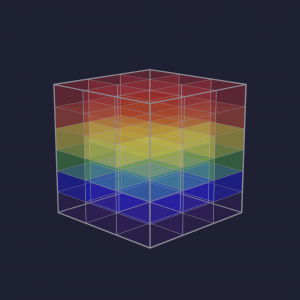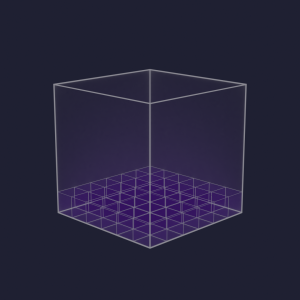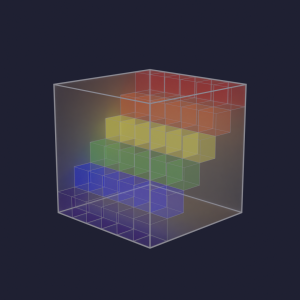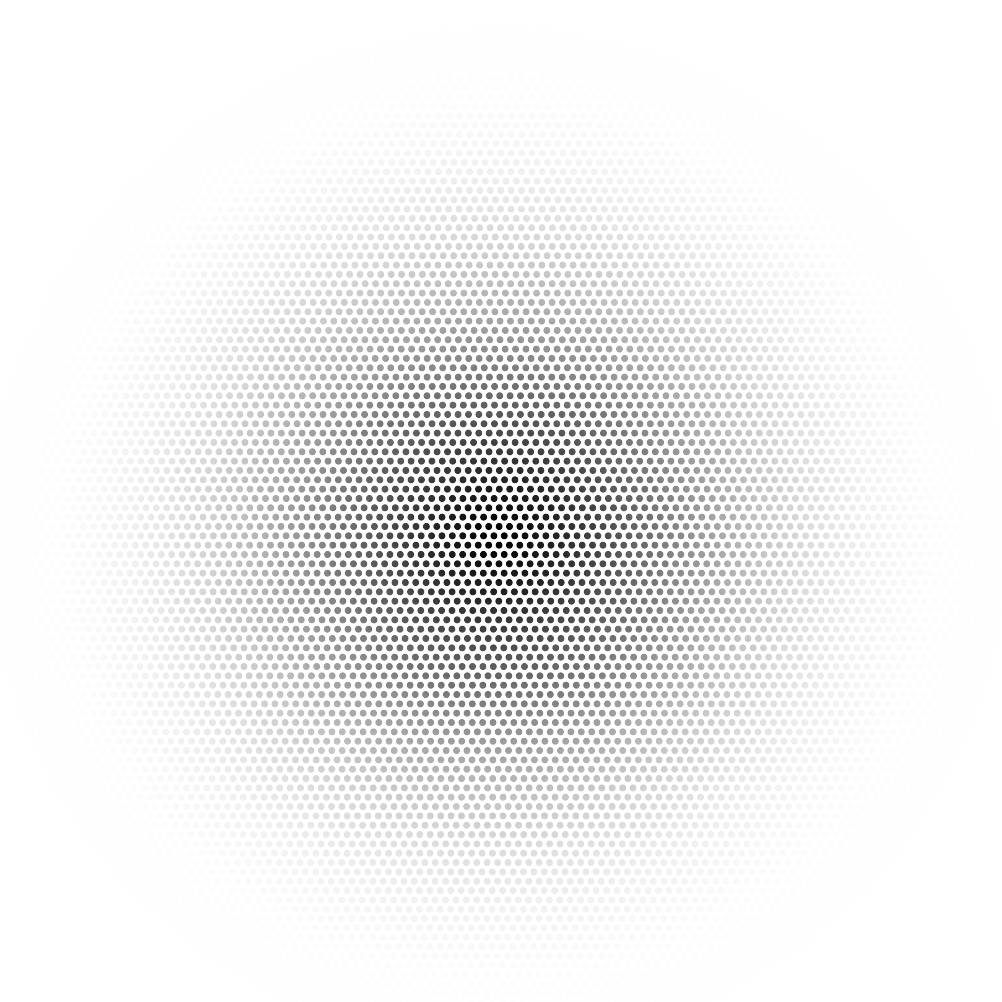Snapshot Systems & Hyperspectral Imaging
Hyperspectral imaging, the combination of spectral and spatial information, has enabled advances in fields as diverse as precision farming, machine vision and biomedical imaging. A hyperspectral camera produces a 3D data cube composed of 2D spatial (x, y) and 1D (λ) spectral data. It is typically characterized by the spectral range, the number of spectral channels and the spatial size of the entire image. The data cubes are acquired either by scanning techniques such as push-broom sensors or, in a term proposed by Hagen et al. (2012), snapshot technology for non-scanning spectral cameras, meaning the complete data cube is gathered with one sensor readout.
We coined the phrase hyperspectral snapshot cameras in the past to describe the unique technology of our cameras. Recently this term has become an umbrella definition for all non-scanning imaging spectroscopy techniques, however, there are different technologies available to choose from. To make the distinction clearer, we now refer to our cameras as spectral video cameras, i.e., True Snapshot HSI. In this article True Snapshot HSI is compared to Snapshot-imitating HSI and Scanning HSI
True Snapshot HSI

Light Field HSI
The data cube is readout entirely, with high spatial and spectral resolution. In 2019, Cubert has introduced a fundamentally new snapshot technology that enables high spatial and spectral resolution on the same time. The ULTRIS 20 was the first hyperspectral camera based on light field technology, where both the intensity and direction of incident light rays are used to produce spectral images. The light field approach creates a vast number of images, each equipped with its unique optical filter.
Advantages
- True video spectroscopy
- High spatial resolution
- High spectral resolution
- High light throughput / SNR
- High data throughout
- Time-saving

Prism-based Multipoint HSI
The data cube is readout entirely, however the spatial resolution is low. Using prism-based sensor technology, Cubert designed its first hyperspectral snapshot camera (FireflEYE 185). For the first time ever, a hyperspectral camera was able to us the entire incoming light, while not being reduced to one line (push-broom scanning) or one single wavelength pass (tunable filters). With up to 70 % of the incident light reaching the sensor the 185 had a great signal-to-noise ratio and achieved integration times of < 1 ms.
Advantages
- True video spectroscopy
- High spectral resolution
- High light throughput / SNR
- High data throughout
- Time-saving
Disadvantages
- Low spatial resolution
True Video Spectroscopy
While the data cubes from all snapshot and scanning cameras are similar, comparable and in many cases substitutable, the image production itself makes a big difference. One of the biggest differences is the light efficiency. A true snapshot imaging spectrometer like the multipoint or light field approach collects the entire 3D data cube (all spectral pixels) in a single integration period. The available incoming light is completely utilized and not reduced to one line (push-broom scanning) or one single wavelength pass (tunable filters) at one given time unit. The better light efficiency provides excellent signal qualities and higher signal-to-noise ratios in the shortest time. Time is the second advantage because a snapshot imaging spectrometer captures the entire image in a few milliseconds or less, which makes it a game-changer in real-time imaging and video spectroscopy.
Cubert’s video imaging technology combines its high resolution and small size with high-speed spectral imaging, forming the basic requirements for true video spectroscopy. In fact, snapshots capture static moments, while real-life situations often encompass an array of changes, such as motions, actions, and processes. Machine vision and inspections are more easily and accurately applied to industrial processes using a camera technology that can keep the pace of such processes. Image-based quality assessment or event mapping for moving objects can support higher accuracies i.e. in food industry, pharmacy, or color characterization. Finally, our cameras can feed automated inspection systems, crucial decision algorithms, process control and robot guidance with time critical industrial processes.
Snapshot-imitating HSI

Filter-on-chip HSI
The data cube is readout entirely, however the spectral resolution is limited. The filter-on-chip technology provides high spatial resolution with high image speed, while facing limited spectral resolution and reduced signal-to-noise ratios (S/N). The integrated filters typically are composed of several cells, each of which filters a given wavelength band, and are deposited directly onto CMOS wafers. Typically, filter-on-chip cameras are counted to the grou of hyperspectral cameras as well, although the setup only allows a distinct number of spectral bands (no continous coverage) and therefore is multispectral.
Advantages
- High spatial resolution
- Snapshot (multispectral)
Disadvantages
- Not hyperspectral, only multispectral
- Low spectral resolution
- Bad SNR
- Variable band position

Tunable filter
A 2D image in one band is collected at the same time. To generate a hypersprectral data cube a filter wheel scans through the spectrum, taking images in various bands.
Advantages
- High spatial resolution
- High spectral resolution
Disadvantages
- Bad SNR
- Non-simultaneous acquisition (temporal offset)
- Spectral-scan
High Adaptability
Until today, high resolution hyperspectral cameras have involved high acquisition costs and a complex and time-consuming usability. This made it difficult for industry to integrate the technology efficiently to machine vision systems. Acquiring hyperspectral images that are accurate recorded and provide reliable image information on the same time always has been a challenge, which is the reason why cameras recently have mainly been used in R&D environments for top-level research and the development of new applications.
The light field approach Cubert has developed is a game changer. With its easiness of use, its speed, and the high potential of downsizing the technology to cost regions of common digital cameras the ULTRIS becomes accessible for decision makers in industry. On the long run, we even see a high potential for mobile applications. Hyperspectral video systems combined with strong retrieval algorithms can provide helpful information in almost real-time, bringing this complex technology to everyday use finally.
Scanning HSI

Push-broom HSI
A 2D dataset consisting of x and λ is collected at once. The spectral data cube (x, y, λ) is generated by scanning the object, by either moving the object underneath the camera (e.g., conveyor belt), or by moving the camera (e.g., on an aircraft).
Advantages
- High spatial resolution
- High spectral resolution
- High SNR
Disadvantages
- Non-simultaneous acquisition (temporal offset)
- data preprocessing required
- Line-scan

Spatiospectral Scanning HSI
Spatiospectral scanning is a utilizing a linear variable filter, positioned infront of a 2D imaging array. A full frame image is generated at once, but each line (y) in a different spectral band (λ). To generate the data cube the scanning needs to be done in a particular way and requires pixel coregistration, more complex than push-broom imaging.
Advantages
- High spatial resolution
- High spectral resolution
Disadvantages
- Spatiospectral scanning
- Non-simultaneous acquisition (temporal offset)
- data preprocessing required
Literature
Hagen, N.A., Gao, L.S., Tkaczyk, T.S. and Kester, R.T., 2012. Snapshot advantage: a review of the light collection improvement for parallel high-dimensional measurement systems. Optical Engineering, 51(11), p.111702
